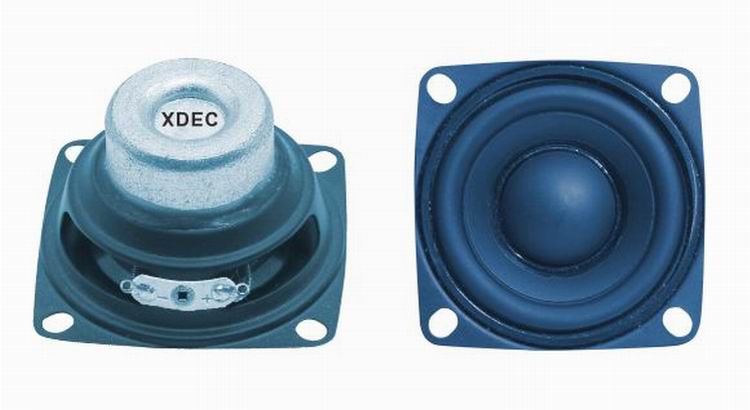1. How to identify the brightness of the LED display
1. Make a 3V DC power supply that is easy to connect to the light-emitting diode by yourself. It is best to use a battery. You can use two button batteries, installed in a small plastic tube and lead two probes as positive and negative output, the tail end is directly made into a switch with a spring piece. Negative pin, press and hold the switch at the end, the light-emitting tube is electrically lit.
2. Secondly, a simple photometric device is combined with a photoresistor and a digital multimeter. The photoresistor is led out of two thin wires and directly connected to the two test leads of the digital multimeter. The position of the multimeter is placed at 20K (depending on the photoresistor, Try to make the reading as accurate as possible). Note that the measured value is actually the resistance of the photoresistor, so the brighter the light, the smaller the value.
3. Take an LED light-emitting diode and light it with the above 3V direct current. The light-emitting head is facing and tightly attached to the photosensitive surface of the connected photoresistor. At this time, the multimeter reads to distinguish the LED brightness.
Second, the brightness discrimination level refers to the brightness level of the image that can be distinguished by the human eye from the darkest to the whitest.
The gray levels of LED display screens are very high, and can reach 256 levels or even 1024 levels. However, due to the limited sensitivity of the human eye to brightness, these gray levels cannot be fully recognized. In other words, many gray levels of adjacent levels may look the same to the human eye. And the ability to distinguish eyes varies from person to person. For the display screen, the level of human eye recognition is naturally the more the better, because the displayed image is for humans after all. The more brightness levels the human eye can distinguish, the greater the color space of the display and the greater the potential for displaying rich colors. The brightness discrimination level can be tested with special software. Generally, the display screen can reach more than 20 levels, even if it is a relatively good level.
3. Requirements for brightness and viewing angle:
The brightness of the indoor full-color LED display must be above 800cd / m2, and the brightness of the outdoor full-color screen must be above 1500cd / m2 to ensure the normal operation of the display, otherwise the displayed image will not be clear because the brightness is too low. The brightness is mainly determined by the quality of the LED die. The size of the viewing angle directly determines the number of LED display audiences, so the larger the better. The viewing angle is mainly determined by the die package.
It is very necessary to determine the brightness of the LED display. At present, the brightness requirements of the LED display in urban lighting or new regulations are issued. If the brightness of the LED display is too high, it will cause trouble to nearby residents. In order to avoid undesirable repercussions, this requires merchants to have relevant expertise in customizing and maintaining LED displays.
Speakers with working frequency response range from 150~15000Hz are called full range speakers.


FAQ
Q1. What is the MOQ?
XDEC: 2000pcs for one model.
Q2. What is the delivery lead time?
XDEC: 15 days for normal orders, 10 days for urgent orders.
Q3. What are the payment methods?
XDEC: T/T, PayPal, Western Union, Money Gram.
Q4. Can you offer samples for testing?
XDEC: Yes, we offer free samples.
Q5. How soon can you send samples?
XDEC: We can send samples in 3-5 days.
Full Range Speaker
Full Range Speaker,Full Range Loudspeakers,Range Speaker,Small Full Range Speakers
Shenzhen Xuanda Electronics Co., Ltd. , https://www.xdecspeaker.com
![<?echo $_SERVER['SERVER_NAME'];?>](/template/twentyseventeen/skin/images/header.jpg)